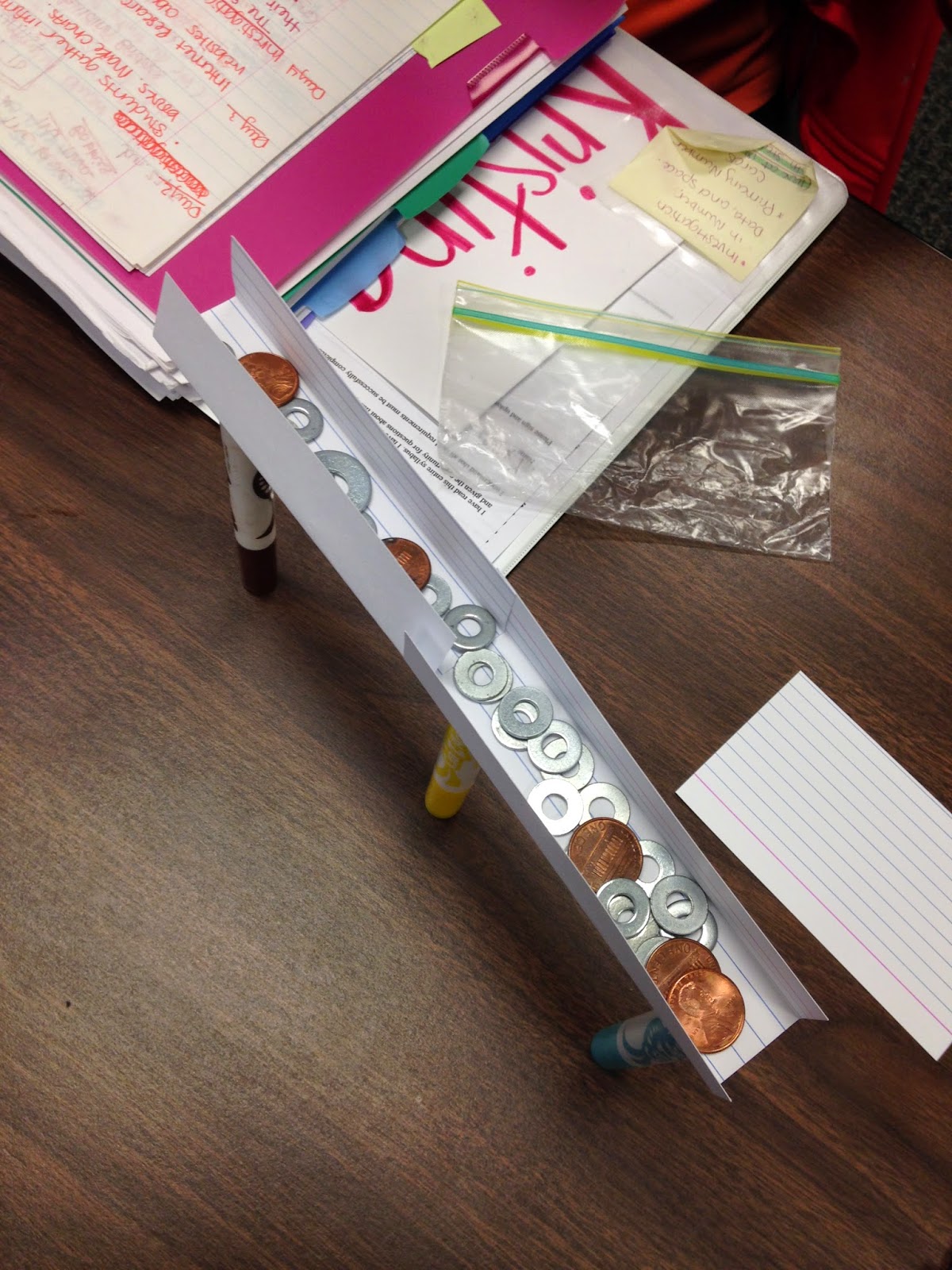|
What are you wondering about chemicals?
|
|
-
Are all chemicals dangerous?
-
Do chemicals change?
-
Can you eat chemicals?
-
What happens when you mix chemicals?
|
Focus Question: How can we explore our unknowns? What are some of your ideas about how to explore the unknowns?
Prediction/ Hypothesis: If we add water to the unknowns, then they might change colors, state & texture might change.
Planning: AMSTI Chemical tests investigation kit
- In this kit, we have 5 jars with chemicals inside. We are going to solve the mystery of what each chemical is. We will call the chemicals unknowns.
-Explain why you shouldn't cross-contaminate the unknowns because the chemicals would no longer be pure.
Data:
|
|
How it feels
|
How it looks
|
How it smells
|
|
Red
|
Rocky/gritty
|
White/powdery
|
None
|
|
Orange
|
Soft /crunchy
|
White/powdery
|
None
|
|
Yellow
|
Clumpy/rough
|
White/powdery
|
None
|
|
Blue
|
Gritty
|
Salt/sugar
|
None
|
|
Green
|
Soft
|
White/powdery
|
None
|
Claims & Evidence: From this investigation, I learned that our unknowns have different properties because they all started to look and feel differently when water was added to them.
Conclusion: What did we discover from our unknowns today? In our investigation today we discovered that chemicals can change. Based on what we did in our testing with out unknown, water changed the chemicals.





























